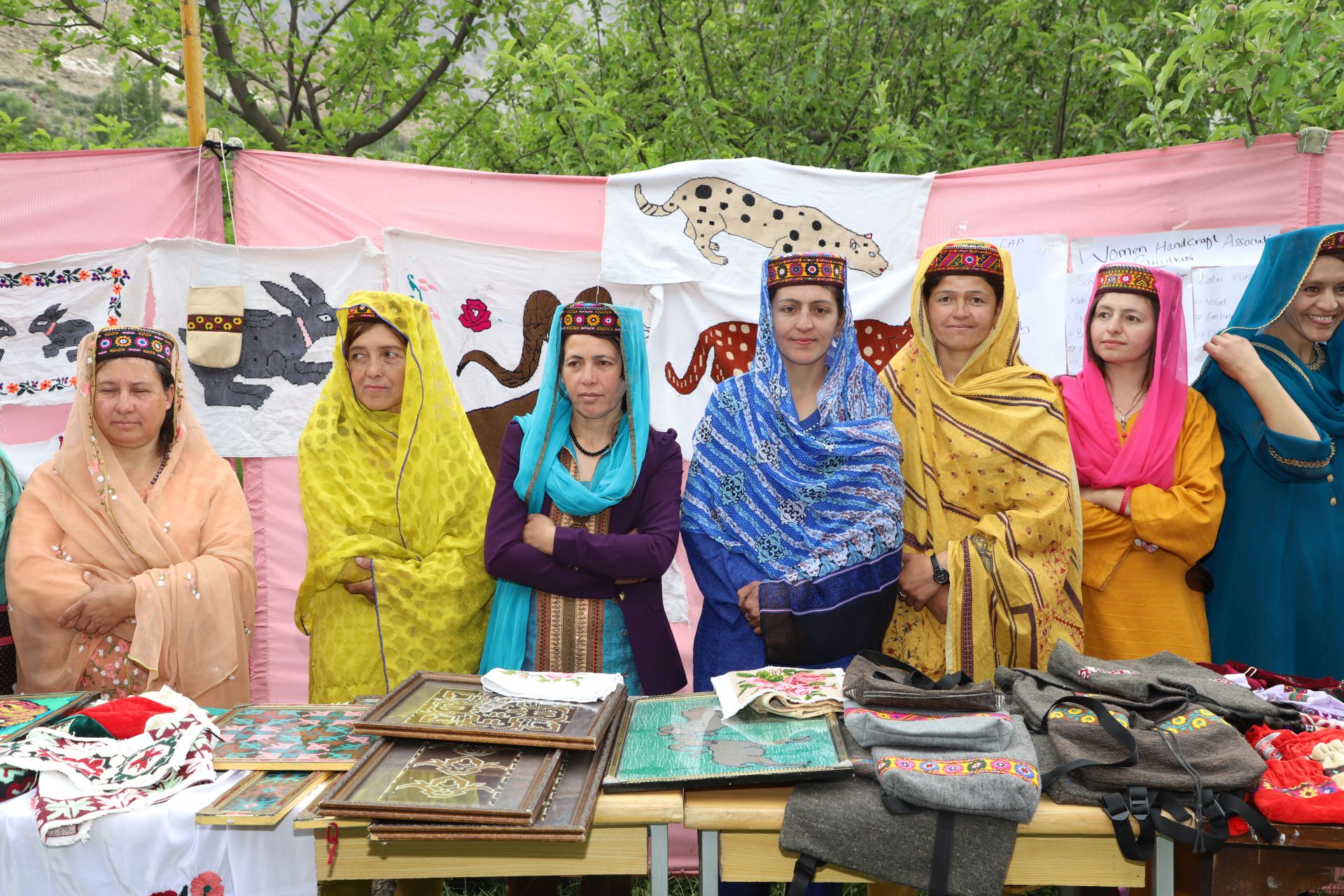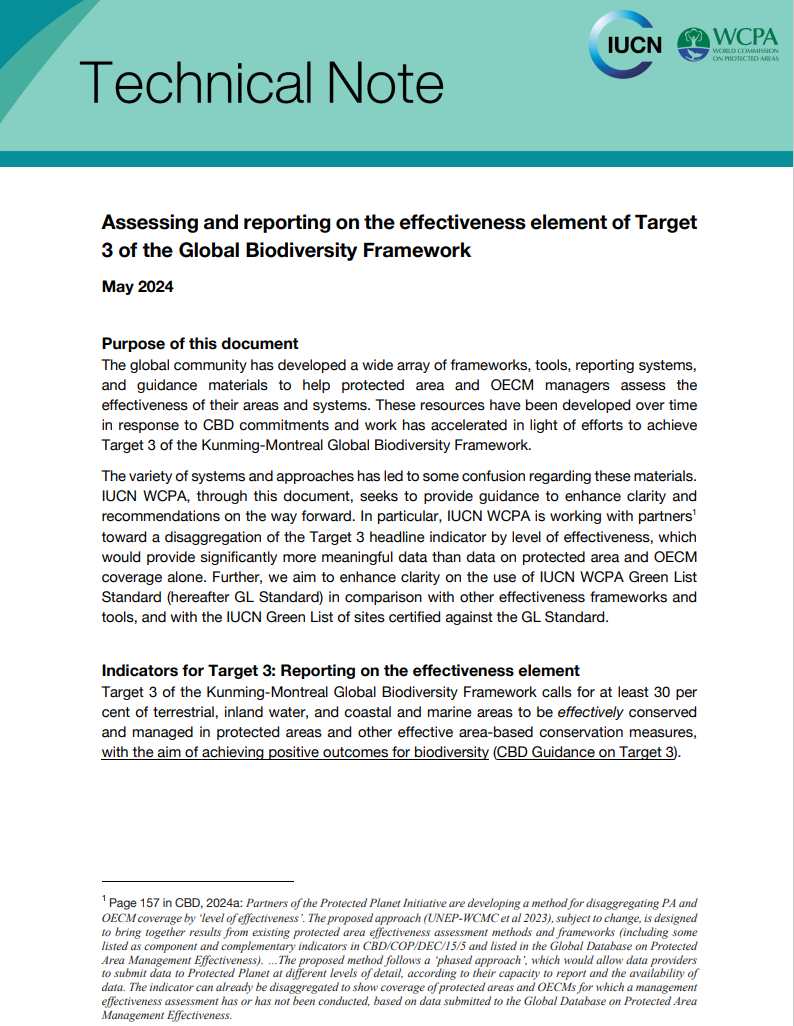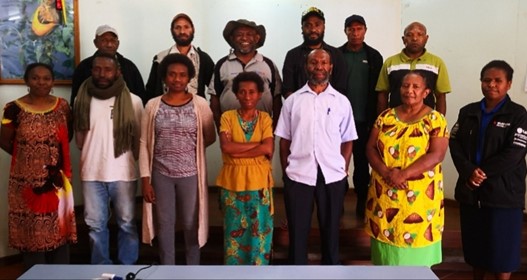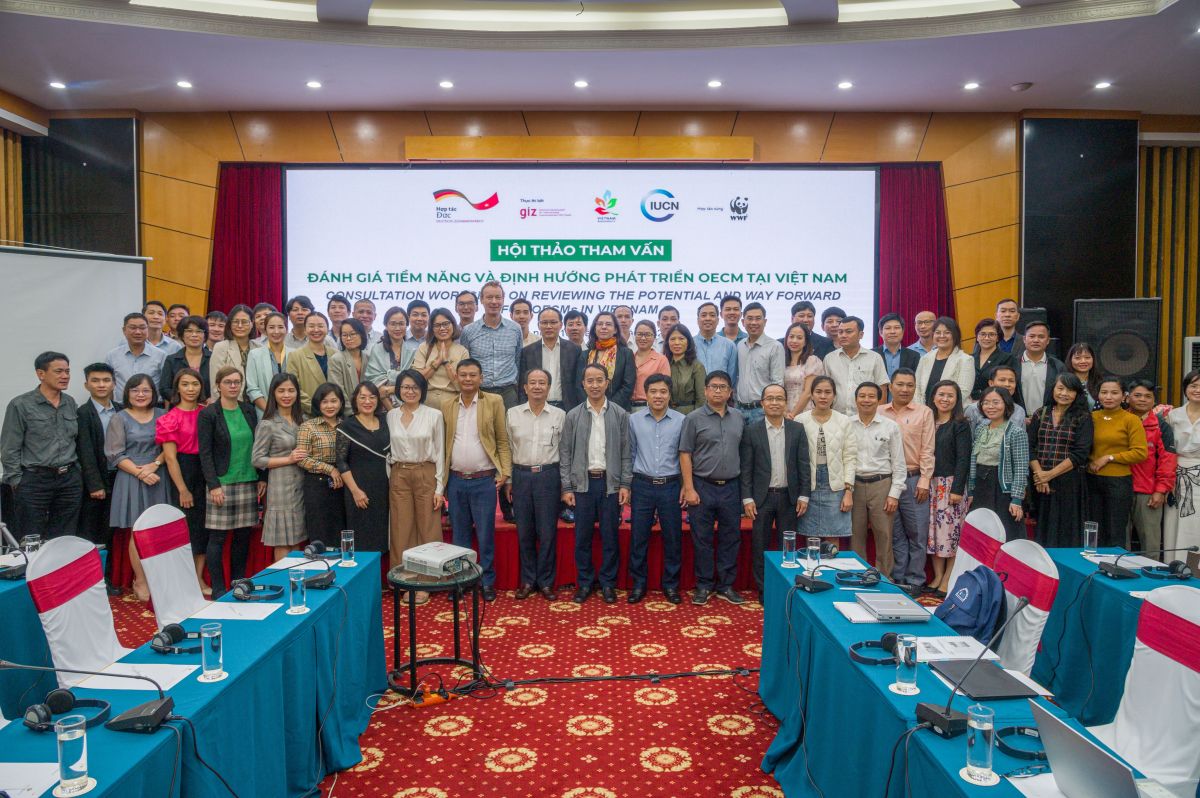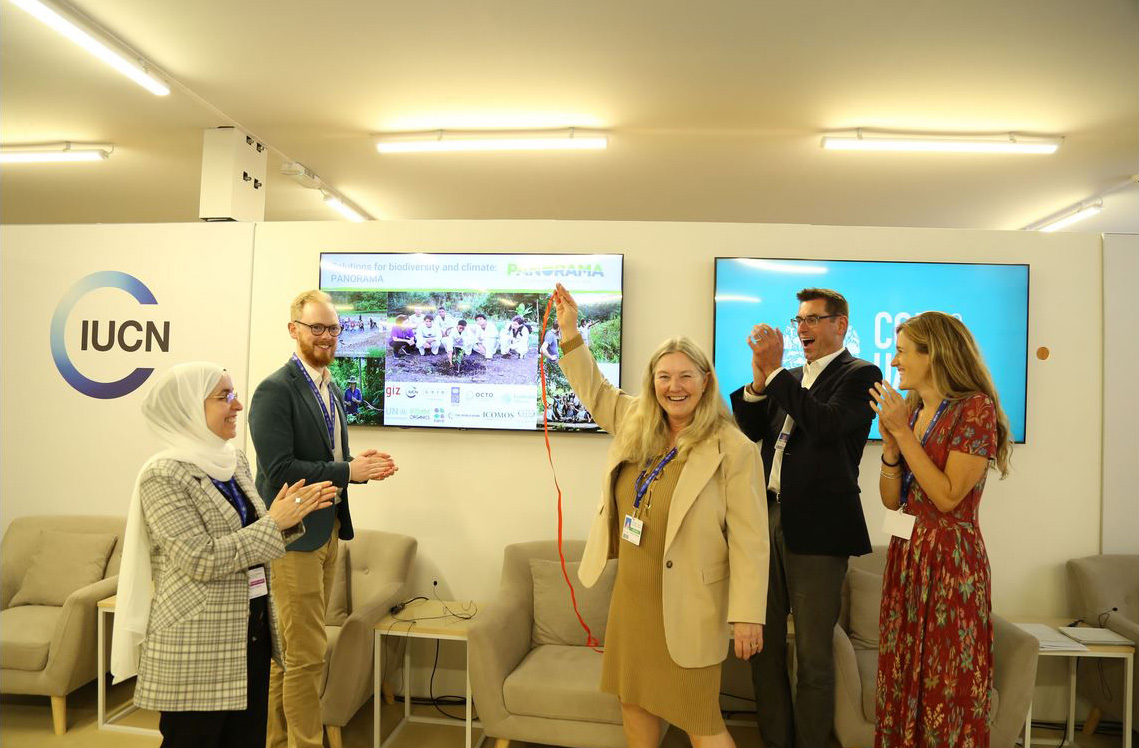Under the auspices of the NPI Alliance, IUCN, Rio Tinto Plc, Royal Dutch Shell Ltd and The Nature Conservancy along with the International Finance Corporation, confirmed that companies adopting net positive impact (NPI) targets needed to take a systematic and scientific approach to evaluate their biodiversity impacts, establish biodiversity conservation goals and implement actions to achieve a net gain for biodiversity over time.
Now disbanded, the NPI Alliance produced two papers -- NPI for biodiversity: the conservation case and NPI for biodiversity: the business case.
An earlier IUCN-led a study examined how commercial agriculture and forestry production could reduce global biodiversity loss by applying these innovative approaches. The report, No Net Loss and Net Positive Impact: Approaches for Biodiversity, found that under certain conditions, applying no net loss and net positive impact approaches to agriculture and forestry landscapes associated with companies’ operations and supply chains could have a greater impact in reducing biodiversity loss than in the extractives or infrastructure sectors.
In addition, IUCN has since developed a global policy on biodiversity offsets, as well as guidance on the implementation of the mitigation hierarchy.
Going forward, IUCN will continue to draw on its diverse membership, and nearly 15,000 volunteer experts, to promote the uptake of a BNG approach by providing technical support, new knowledge and tools, and sharing lessons learned. IUCN aims to help business successfully achieve a net gain for nature in their operations and at a landscape level, which in turn will contribute to the global goals for biodiversity and sustainable development.



